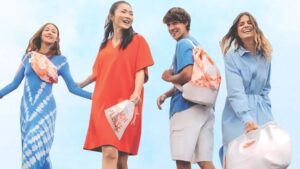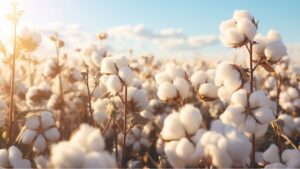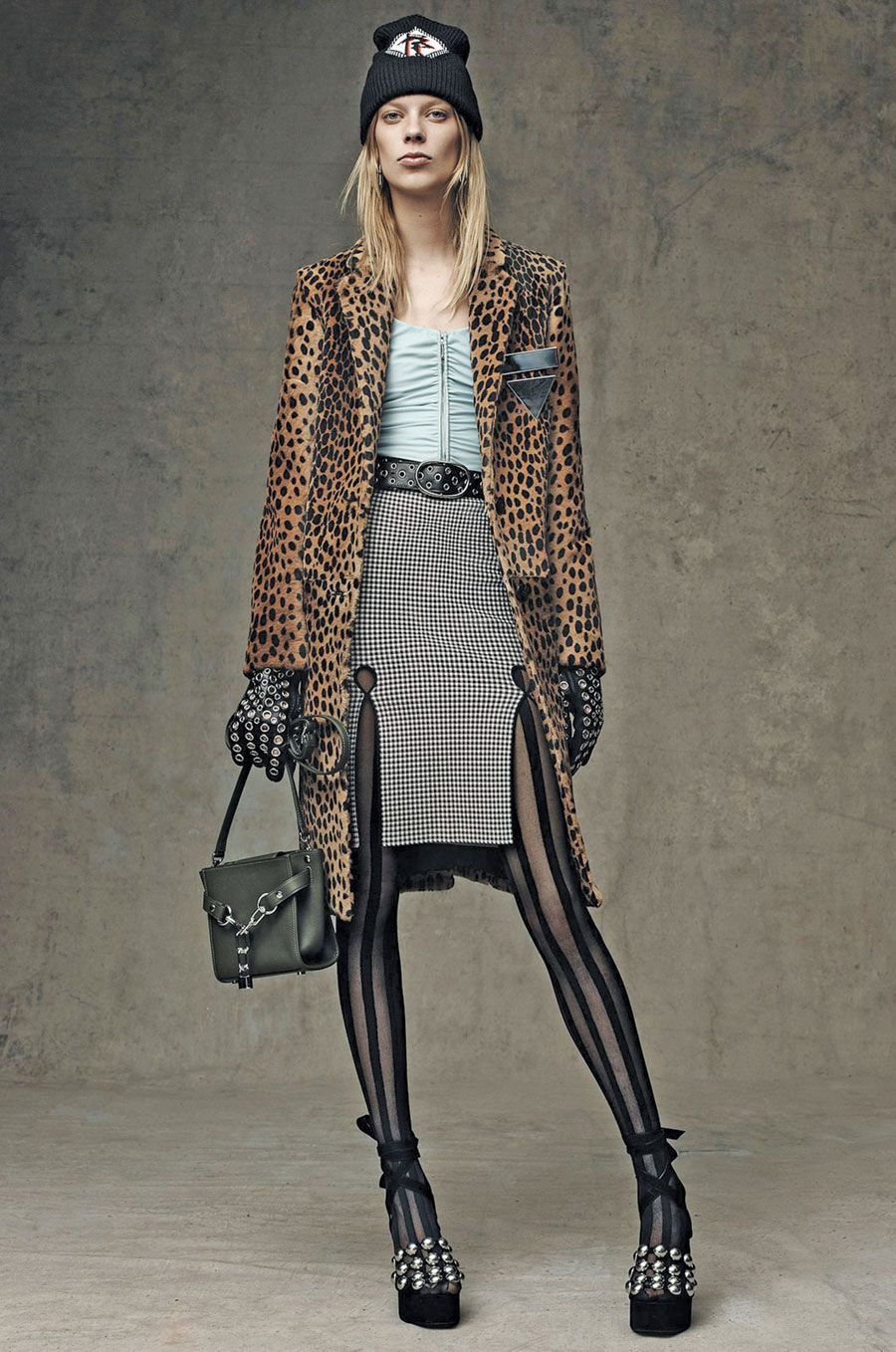
Call it the ‘circle of life’ or the fascination for the natural world – animal prints re-surface just when you think they are gone! Trend-driven products with a sense of familiarity are not always a bad thing. For Pre-Fall 2016, designers turned to an array of common, wild animal prints – namely leopard, jaguar and zebra – reworking them into chic, wearable prints and inserts on separates. Be it garments, bags, shoes or home accessories, commodities with animal prints are flooding the high street and are getting experimented with various mediums to bring newness to this age-old fashion trend. With the growing presence and demand for these animal prints, exporters, designers and service providers are trying to propose distinctive substitutes to print which not only look luxurious, but are durable and high on fashion…
Animal prints are continuing to make inroads in the print market in 2016 with recent developments in rotary and digital printing technology, coating industry and faux fur treatments, providing new options to produce an array of feline prints which are different from the ones seen before. Today, animal print graphics are seen in a variety of applications for a diverse cross-section of niche markets, from high-end fashion wear and accessories to specialty items to automotive and home interiors. “The new technique of digital printing on leather is going to be an eco-friendly and durable one, as it is all about mimicking the animal leather; and secondly the acid ink used while printing has a long lasting effect. The inks which we use are eco-friendly, washable, non-allergic and will positively stay forever. The other applications of this technique can be for printing on lurex, rexene, felt, etc.,” shared Rajiv Nanda, Designer, Wevli Designer Bags.

The trend is most visible in the apparel segment, as seen in the recently concluded Pre-Fall 2016 runways. Feline prints got portrayed in different styles by each designer. Some heavy hitters in the fashion industry including Coach, Rochas and Ralph Lauren were seen projecting interest in this print, showcasing in mostly their outerwear. Bold animal prints made a real impact in new manifestations, with plush fur surfaces and pony skin giving classic coats a quirky update. Cheetah, tiger and zebra stripes turn simple shapes into fierce statement pieces. The print will always be relevant as designers are constantly updating it with new and refreshing takes. This season, the prints are a little more subdued and a lot more wearable, making it a top trend for fall. There’s nothing overtly outstanding about these spots and scales – they’re small, quiet, and set against a backdrop of creamy white or misty grey.
These cat prints were achieved on the runways through a variation of techniques. This trend is likely to be picked up with enthusiasm by the high street going into autumn and the following summer season. Vineet Kumar Sadh, MD, Ellora Enterprises informing about the techniques used for making animal prints nowadays said, “A process getting popular for creating animal prints is through the techniques of embossing. Embossing refers to the creation of an impression of design and decoration, on surfaces by making a relief pattern, which gives the exact look of an animal skin and takes away the usual 2D look the industry has got accustomed too.”
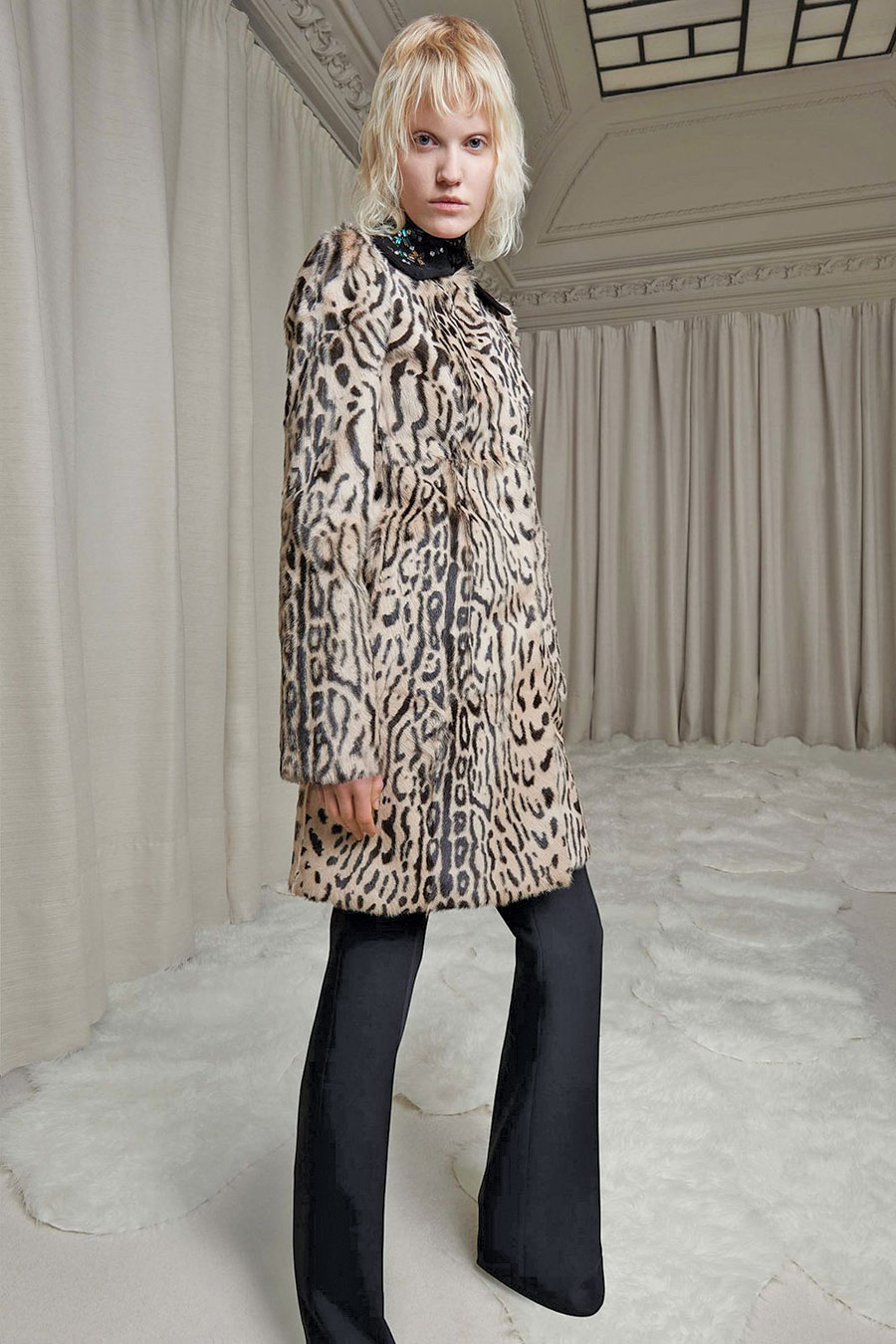
Calvin Klein’s sherling backed outerwear, presented the best amalgamation of animal skin and PU coating. Giving an addition sparkly touch to the otherwise rough texture, the use of coating chemical brought in new ideas to create animal prints. The industry is using transfer papers for transferring different coatings onto the fabric through heat. The combination of pressing and chemicals application provides different types of effects, like, snake skin, zebra print, etc. Sometimes the designs are finished with laser, firstly by coating the entire fabric and then applying laser on top in a particular pattern so that the coating gets dissolved from unwanted areas. So, think of small-or medium-scale repeat prints, giant T-shirt graphics, and placement appliqués. The quirkier the placement, the better it is; if you want to stand out, then a position that looks like you’re fairly indifferent to the trend is spot-on. Spotted at Coach, Maison Margiela, Adam Lippes, McQ, Rochas and Alexander Wang, it was all about animal prints. And these animal prints were not normal prints, but used in different techniques to stand-out like flocking and use of fur to make these prints come alive. Antonio Marras in his menswear collection, experimented with heavy flocking with different pile heights in black and white. Aquilano Rimondi, Derek Lam and Dolce and Gabbana presented an amalgamation of profound spotting on plain mustard surface.
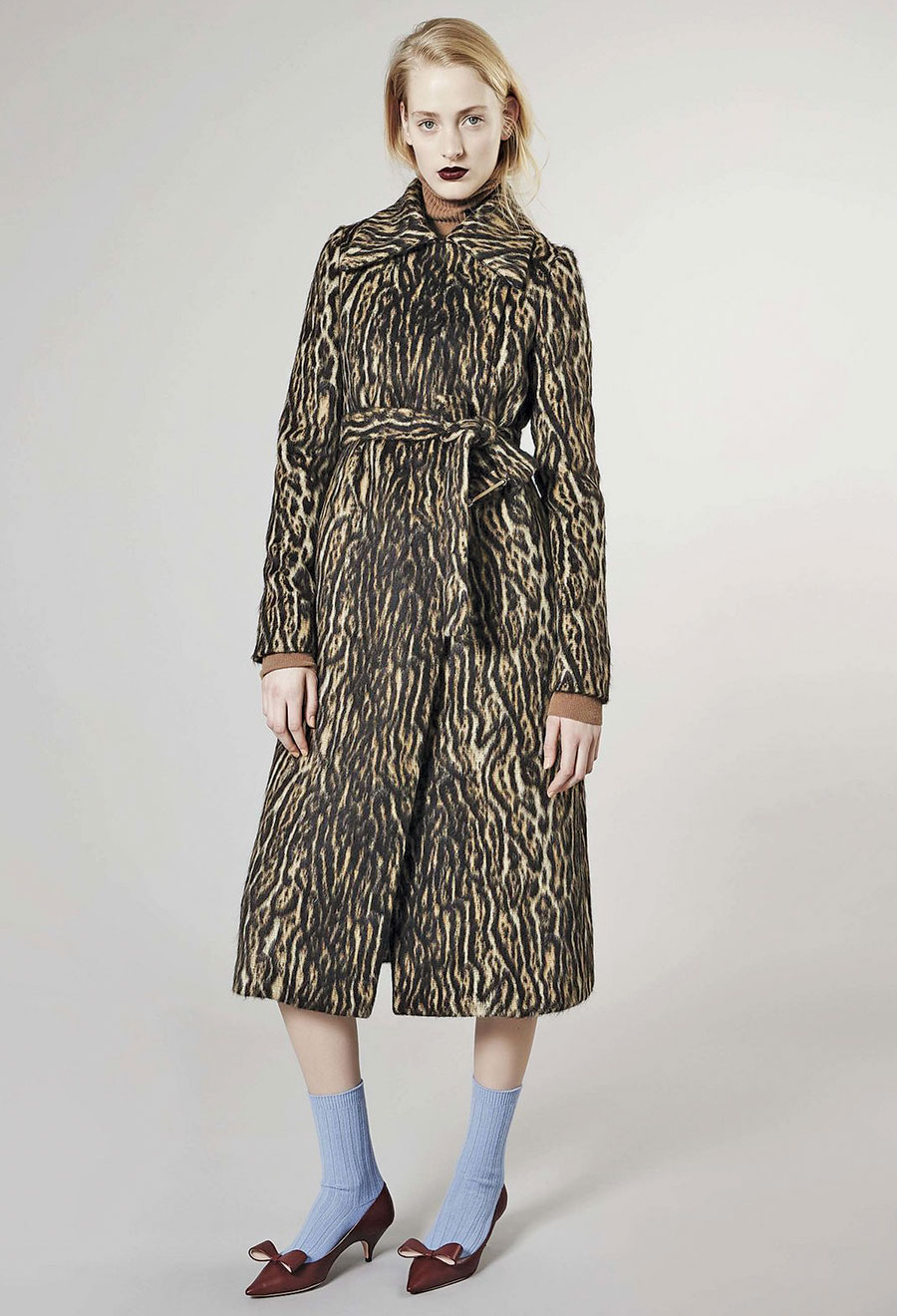
Elaborating on the animal print trials, Sahil Singh, Managing Director, Sahib Synthetics, manufacturers and suppliers of artificial fur said, “With the preference of the wearer changing season on season, everybody is looking at options which are low on cost and high on surface value. With solid fur becoming a thing of the past now, and leather being done to death, people are moving more towards patterned variations, be it dyed colour variations, pile height differences, or printed versions. Therefore, the animal surface being created today is shaded; experimental with a mix of floral and animal prints without being uninteresting and dull.”
Companies like A.T.E. Enterprises Private Limited and Cheran Machines India Pvt. Ltd. offer heat transfer presses and digital fusing machines designed for flocking through transfer paper techniques. Discussing about Zimmer’s digital printing systems for textiles and carpets, Smeesh Koul, Marketing Manager, A.T.E. Enterprises Private Limited shared, “In the case of carpet/bathmat/fur fabric, digital printing system from Zimmer Austria offers the ChromoJET digital printing machine series. This is a unique printing system suitable for medium to heavy substrates mainly for carpets, rugs, and other pile fabrics with no limitation of design repeat up to the commonly used 16/24 colours.” These kinds of advancements are hinting upon the facts that animal prints are now not only restricted to rotary or digital print on normal fabric bases, but are getting uplifted through new applications and technology.



